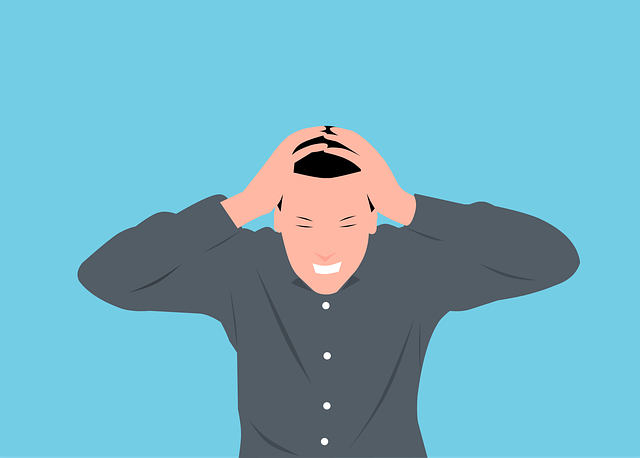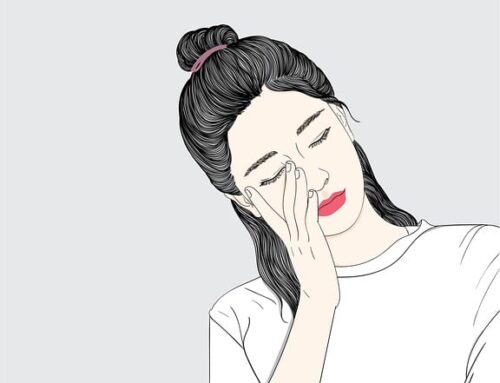At some point in your life you have probably experienced a headache (or many). But did you know there are several different types of headaches? There are! While we won’t be covering all the different types of headaches in today’s blog, we did want to focus on one in particular: A cluster headache.
These headaches can last a while
This is a headache that recurs over a period of time, meaning you might experience a cluster headache one to three times a day during a period of time. This may last from two weeks to three months, which is never something you want to deal with. If you suffer from cluster headaches, you will often get them at the same time each year, such as in the spring or fall.
Cluster headaches can wake you up
With cluster headaches, you may also wake up from sleep one to two hours after going to bed because of the pain. These nocturnal attacks can be more severe than the daytime cluster headaches because they appear to be linked to the circadian rhythm, or “biological” clock.
They may be worse than migraines
Cluster headaches can also be more intense than a migraine attack but fortunately do not last as long as a migraine headache. These headaches might even disappear completely, only to return again in months or years without any warning.
It’s the least common type of headache
Cluster headaches are the least common type of headaches and affect less than one in 1,000 people. Typically, cluster headaches start before the age of 30 and are more common in men than women.
The cause is often unknown
But the headaches occur when a nerve pathway in the base of the brain is activated. The trigeminal nerve is the main nerve of the face responsible for sensations, such as heat or pain. When activated, the trigeminal nerve causes the eye pain associated with cluster headaches.
If you suspect you might suffer from cluster headaches, contact Dr. Mayoor Patel at Craniofacial Pain & Dental Sleep Center of Georgia for more information on treatment options to help eliminate your pain.







